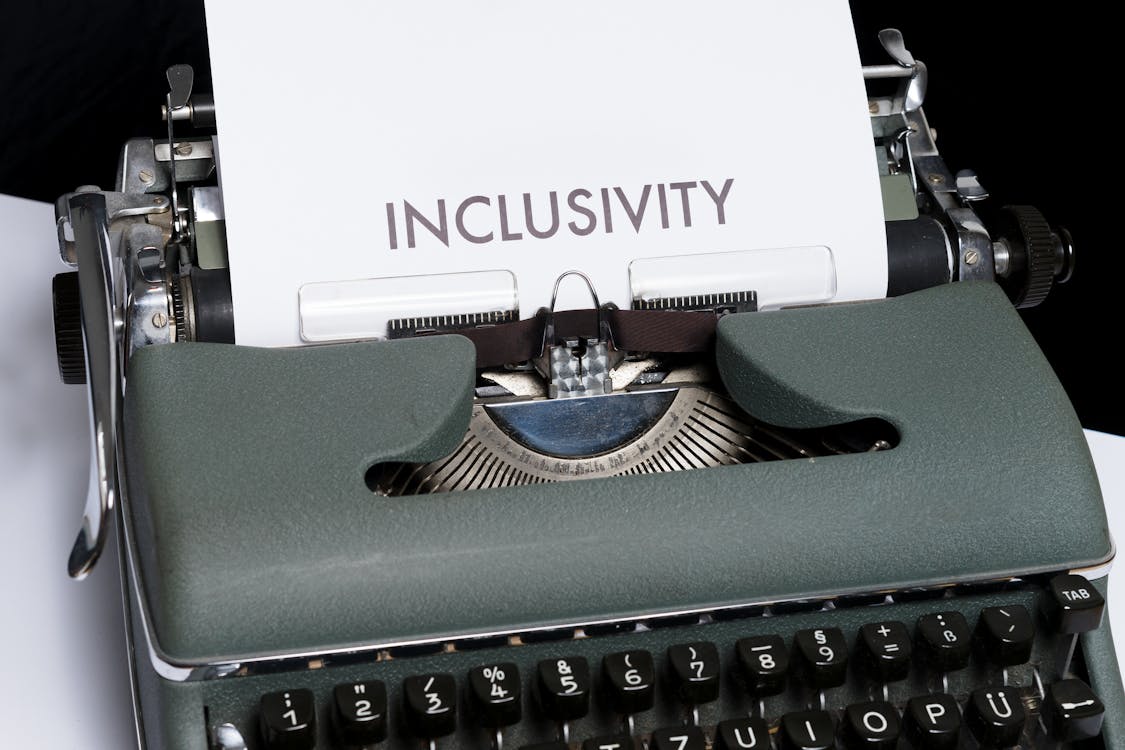Inclusive education in India
Inclusive education is a new approach to education that emphasizes providing access to education for all children, both with disabilities and without, under the same roof.
An inclusive education system includes all students and welcomes and supports them to learn. It rests on the principle that every child has a right to inclusive education, including children with disabilities.
In simpler words, it means that schools should strive to reduce discrimination against children with disability and promote equity, access, and rights to education and care.
Are schools in India inclusive?
Inclusive education in India in unfortunately exclusive to children with disabilities. The number of children with disabilities (CWD) enrolled in school significantly declines with each successive level of schooling. CWD rarely progress beyond primary school, and only 9% complete secondary education. There are fewer girls with disabilities in schools than boys. Due to lack of inclusive schools, children with special needs (CWSN) have no other option than the National Institute of Open Schooling (NIOS).

Historical Perspective on Inclusive Education in India
In 1884, a Roman Catholic mission started the first school for the deaf at Mazagaon, in the then Bombay Presidency. Establishment of The Calcutta Deaf and Dumb School followed in 1893, and later a school for the deaf came up in 1896 in Palayamkottah in southern India (Disability Status India, 2003). There were twenty-four schools for the deaf founded and operational during the pre-independence time (before 1947). The first school for the blind came up in Amritsar in 1887.
The number of special needs schools has increased over the years. There are over 2000 special needs schools in India today, according to the data available on the Department of Education. However, most of these schools cater to the urban population, neglecting many children with special needs from the rural sector.
Indian education policy and Inclusivity
Inclusive Education for CWSN has been one of the major interventions of the erstwhile Sarva Shiksha Abhiyan (SSA) RTE and RMSA schemes.
From the year 2018-19, Samagra Shiksha lays emphasis on improving the quality of education for all students, including CWSN. It provides support for various student-oriented activities which include identification and assessment of CWSN, provision of aids, appliances, corrective surgeries, Braille books, large print books and uniforms, therapeutic services. Development of teaching-learning material (TLM), assistive devices & equipment, environment building and orientation programme to create positive attitude and awareness about nature and needs of CWSN are part of this initiative. It also addresses purchase/development of instructional materials, in-service training of special educators and general teachers on curriculum adaptation, stipend for girls with special needs, etc.
The National Education Policy 2020 envisages fair and inclusive education for all, focusing especially on children and youth, especially girls, from socially and economically disadvantaged groups who are more at risk of being left behind.
Barriers to inclusive education for children with disabilities

Despite the government’s efforts and the involvement of various NGOs, the road to inclusive education in India is a long and winding one. Education is not a privilege, and every child should benefit from it.
N FOR NOSE State of the Education Report for India 2019 Children with Disabilities, a report prepared by Tata Institute of Social Sciences and commissioned by UNESCO New Delhi, provides comprehensive information on the current status of education of CWDs, evidence of achievements, and continuing concerns.
These are a few of the barriers faced by CWD in India:
- Lack of positive attitude among teachers
- Non-inclusive curriculum
- Lack of resources
- Infrastructural problems
- Unawareness among parents
- Irregular plans
- Improper execution of policies
The report suggests various measures which need to be implemented.
- Amending the RTE Act to include specific concerns of CWSN
- Enhanced school support systems
- Financial allocation in the education budget
- Using information technology for better support, etc.
Apart from these, adopting the following measures would also help in breaking the barriers to inclusive education:
- Early detection and identification–an early detection would help in understanding the specific requirement of the child and providing suitable help.
- Functional and formal assessment– Standard tests and practices can help find out more about the disability.
- Educational Placement–Even on completion of vocational training, children with disabilities cannot find gainful employment. Educational institutions should tie-up with corporates / NGOs or government agencies to provide placement.
- Aids and appliances–CWD belonging to marginalized communities or living in rural areas do not have access to or the means to purchase aids relevant to their special needs.
- Support services working in tandem with parents, school, and government institutions.
- Teacher training and Resource support
- Individual Educational Plan (IEP)–customizing the education plan to suit the requirements and abilities of the child with disabilities.
- Parental training and community outreach programmes will help in fostering the efforts.
Persons with disabilities should have access to inclusive, quality education, which is on par with others in the communities in which they live.
This post is part of Blogchatter’s CauseAChatter campaign.

